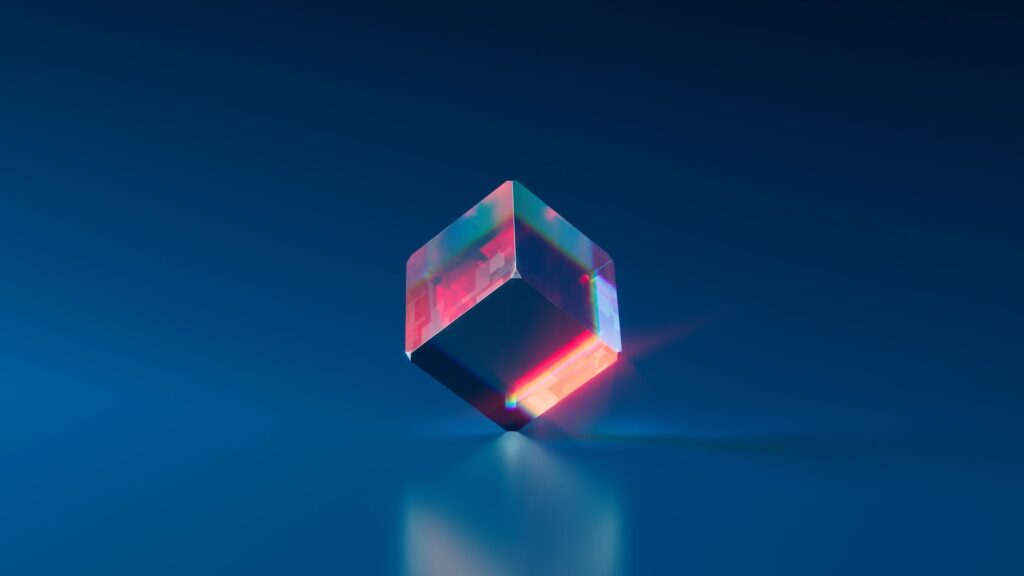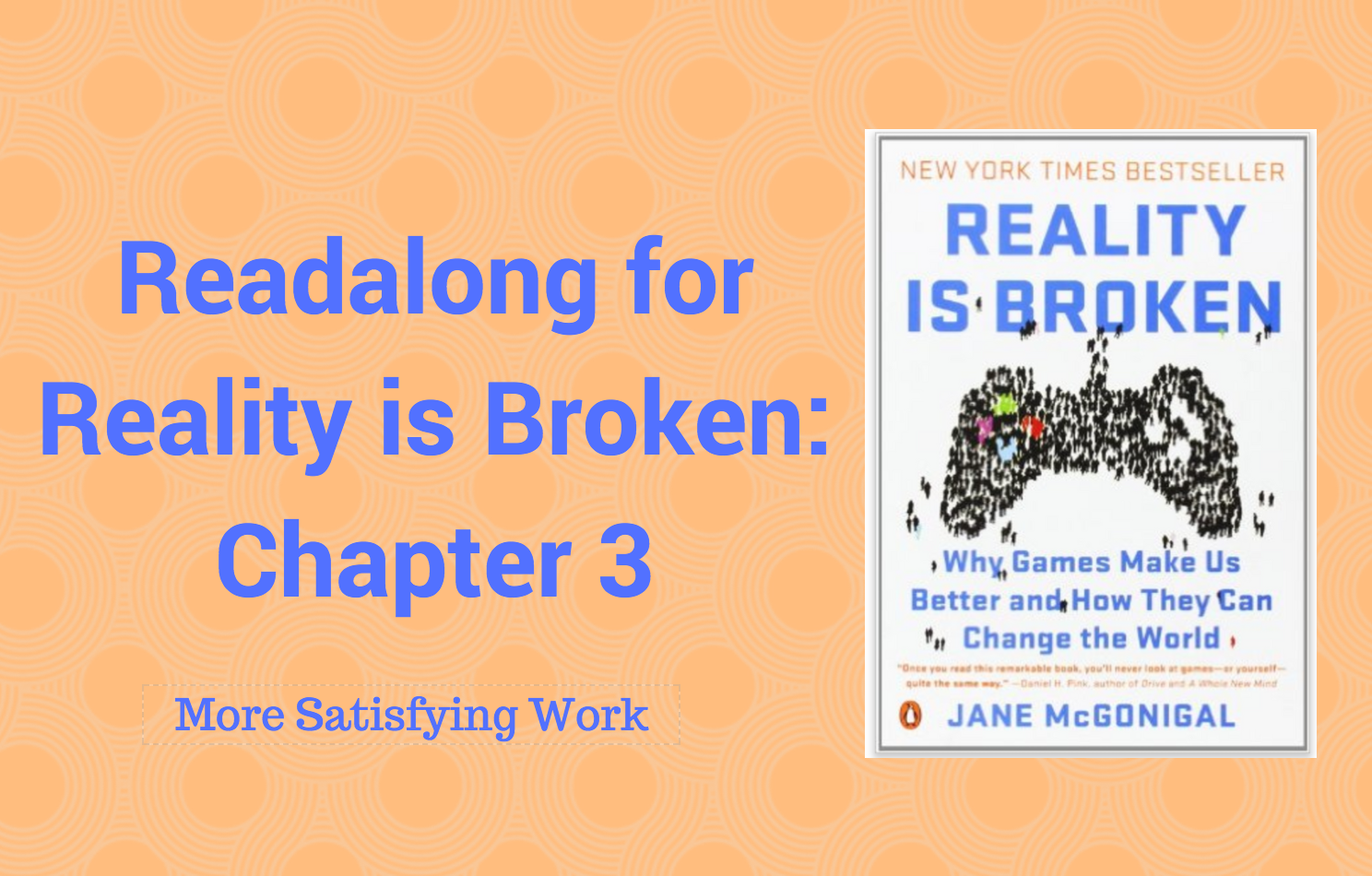Virtual Goods Design (Game Technique #8)
In the world of gamification, virtual goods have become an essential element in enhancing user engagement and driving desired behaviors. They come in various forms, such as virtual pets, crops, or cosmetic items that users can obtain, possess, and even trade. This blog post will explore the potential of virtual goods in gamification, delving into their types, the Core Drives they tap into, and how they can be used effectively, drawing insights from the Octalysis Framework and my book “Actionable Gamification: Beyond Points, Badges, and Leaderboards.”
Types of Virtual Goods
Virtual goods can be broadly categorized into two types: functional and cosmetic.
- Functional Virtual Goods: These items have practical utility within the game or experience. For example, a virtual pet that can fight for you or a tool that helps you perform tasks within the game. Functional virtual goods often serve as boosters that enhance gameplay.
- Cosmetic Virtual Goods: These items do not have any direct impact on gameplay but are purely aesthetic. Examples include a hat that makes your avatar look cooler or a decorative building that adds visual appeal to your virtual environment. Although cosmetic virtual goods may not be enough to attract users initially, they can contribute to keeping them engaged during the scaffolding phase of the experience.
The 8 Core Drives and Virtual Goods
Virtual goods tap into several Core Drives within the Octalysis Framework, which include:
- Ownership & Possession (Core Drive 4): Users are drawn to virtual goods because they desire ownership and control. They want to protect their virtual assets, show them off, and acquire more over time.
- Scarcity & Impatience (Core Drive 6): The perceived value of virtual goods often comes from their rarity or the difficulty of obtaining them. Scarcity plays a crucial role in making users covet and pursue these items.
- Social Influence & Relatedness (Core Drive 5): Virtual goods can serve as status symbols, which can lead to envy or admiration from other users. This social aspect can encourage users to acquire more virtual goods to enhance their social standing.
- Unpredictability & Curiosity (Core Drive 7): The method of acquiring virtual goods can be designed to be unpredictable, such as through random drops, Mystery Boxes, or Easter eggs. This unpredictability keeps users engaged and curious about what they might find next.
- Empowerment of Creativity & Feedback (Core Drive 3): Virtual goods allow users to express their individuality and style, making them feel more unique and empowered.
Designing Virtual Goods for Maximum Impact
To optimize the use of virtual goods in your gamified experience, consider the following guidelines:
- Create a balanced mix of functional and cosmetic virtual goods. While cosmetic items may not be enough to draw users in initially, they can contribute to keeping them engaged during the scaffolding phase of the experience. Functional virtual goods, on the other hand, can enrich the gameplay and encourage users to strategize.
- Use scarcity and unpredictability to boost the value of virtual goods. Make certain virtual goods difficult to obtain, either through limited availability or by incorporating them into unpredictable reward structures, such as random drops, Mystery Boxes, or Easter eggs.
- Incorporate social elements into your virtual goods. Enable users to show off their virtual goods to others, creating an environment where they can gain admiration or envy from their peers. This social aspect can encourage users to acquire more virtual goods to improve their social standing.
- Ensure that virtual goods align with the overall theme and aesthetics of your gamified experience. Consistency in design helps create a cohesive experience that users can immerse themselves in.
- Consider implementing a trading system for virtual goods. Allowing users to exchange items can foster a sense of community and increase the perceived value of the virtual goods. However, it’s essential to implement trading restrictions to maintain balance and prevent gaming the system.
- Make virtual goods accessible through various means, such as in-game achievements, purchases, or promotional events. This ensures that a wider range of users can access and enjoy the virtual goods, keeping the experience engaging for everyone.
- Encourage user customization and personal expression through virtual goods. Offer a diverse range of items that cater to different user preferences, allowing them to create a unique, personalized experience.
- Regularly update and introduce new virtual goods to keep users engaged and excited. This prevents stagnation and encourages users to keep exploring and investing in the experience.
- Monitor user behavior and feedback to understand which virtual goods are the most popular and effective. This data can inform future virtual goods design and help optimize the overall gamification strategy.
- Be mindful of the balance between explicit and implicit gamification. Adding virtual goods to an experience often makes it feel more game-like, which may not be suitable for all target audiences. Consider the context and purpose of your gamified experience when deciding whether to include virtual goods.
Conclusion
Virtual goods can be a powerful tool in gamification, tapping into various Core Drives and enhancing user engagement. By carefully designing and implementing virtual goods, you can create a captivating experience that keeps users hooked and coming back for more.
Draw inspiration from the Octalysis Framework and the book “Actionable Gamification: Beyond Points, Badges, and Leaderboards” to create a well-rounded gamified experience that effectively utilizes virtual goods.
Remember to reflect on your own experiences with virtual goods, identifying what aspects made them appealing and engaging to you. Use these insights to inform your own gamification projects and create unique, memorable experiences for your users.








